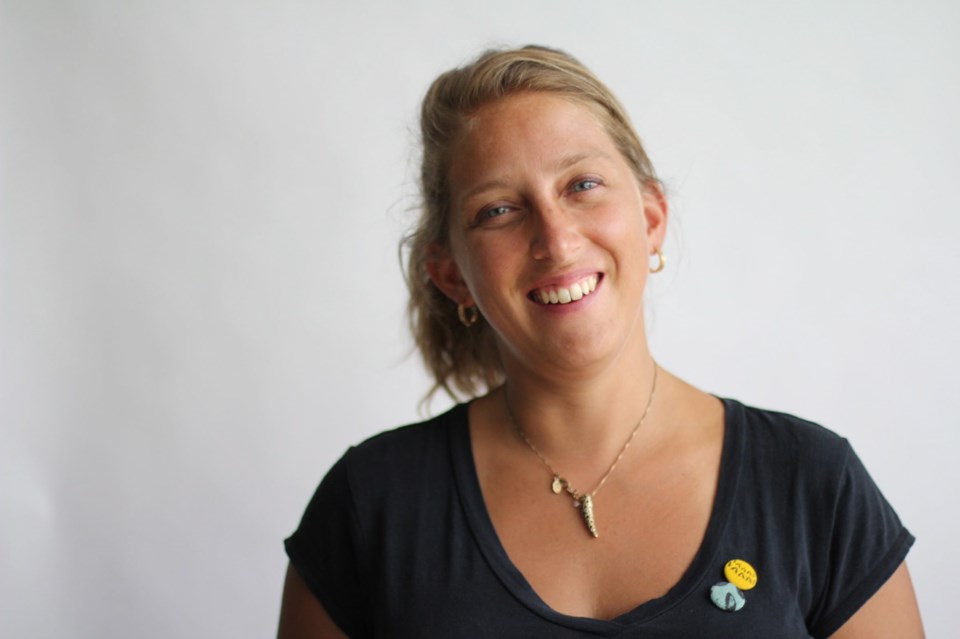When University of Victoria students begin their study of the anthropology of sound, they are asked to write down everything they have seen since wakening that day.
They quickly dash off pages of notes.
Professor Alexandrine Boudreault-Fournier then asks them to write down the things they have heard.
They are quickly stumped.
“We take those sounds for granted or we ignore them entirely,” Boudreault-Fournier said.
She is the instructor in Canada’s first and only anthropology course focused on how people use and experience sound as they relate with their environment.
On Thursday, Boudreault-Fournier’s students will be at the Royal B.C. Museum showing what they’ve learned.
They have created and recorded soundscapes paired with artifacts and displays.
Visitors can use headphones to experience 40 sound exhibits. About 100 sound exhibits recorded in years past will be available to visitors through the use of their smartphones.
The museum will also feature its own sound exhibits, much of it historical music.
Boudreault-Fournier said students’ sound exhibits in the past have been created with things such as metal tools banging near the mining exhibit. Sounds of old typewriters and chiming bells add an audio dimension to a historic office. Sounds of ocean waves or lapping water on boat sides add a new dimension to maritime exhibits.
“When we think about what we hear, it opens our sensibilities to the sounds around us as markers of who we are and how we relate with the environment in which we live,” she said.
Lydia Toorenburgh, fourth year UVic anthropology student and of Métis descent, said she once read an article about the people of Papua New Guinea that explained the tropical jungles are so visually dense that mere vision can be insufficient to navigate. That has led residents to give directions based on sounds.
Toorenburgh said it reminded her of what she has been told by First Nations elders.
For example, when she was taught to build a traditional canoe, an elder told her to listen to the sound of the wood as it was split.
That same person talked of finding his way home by listening to the wind in the trees. The leaves of poplar, plentiful near his home, make different sounds from those of other trees.
Toorenburgh suggested the importance of sound might be reasserting itself.
“With my cellphone, each different social media platform has its own notification sound,” she said. “I don’t even need to look to know ‘That’s a Facebook message’ or ‘That’s an email’ or ‘That’s a text.’ ”
“We are still communicating sonically,” said Toorenburgh.
• The Museum Happy Hour, with the sonic presentations of UVic anthropology students is on Thursday, 5:15 p.m. to 8 p.m. Admission is $10.



